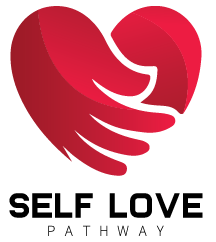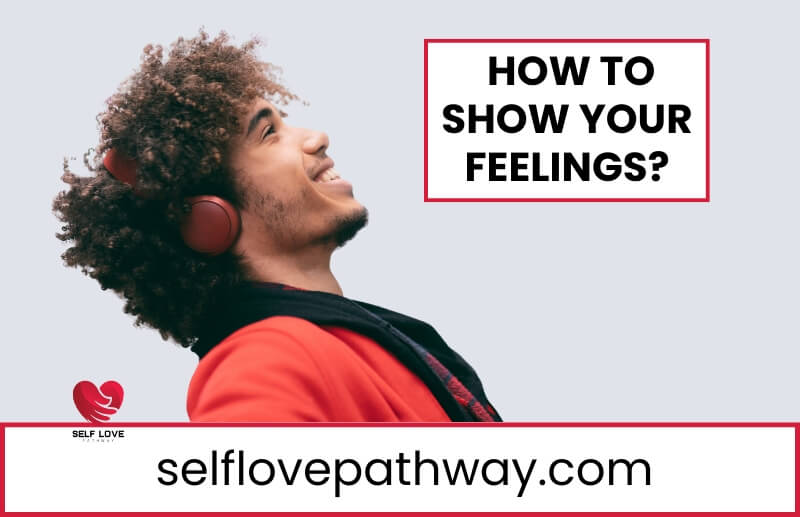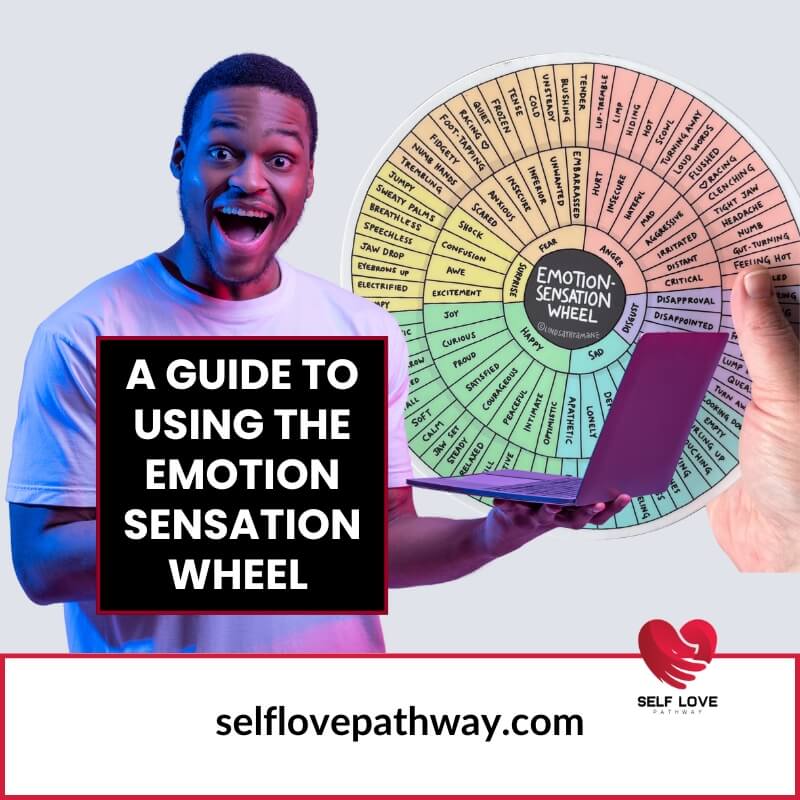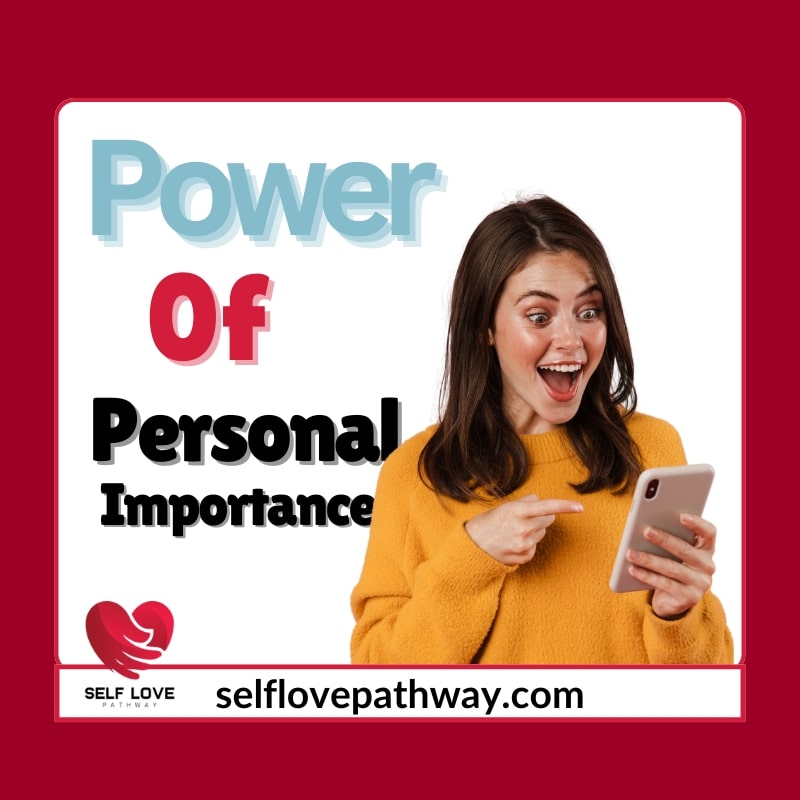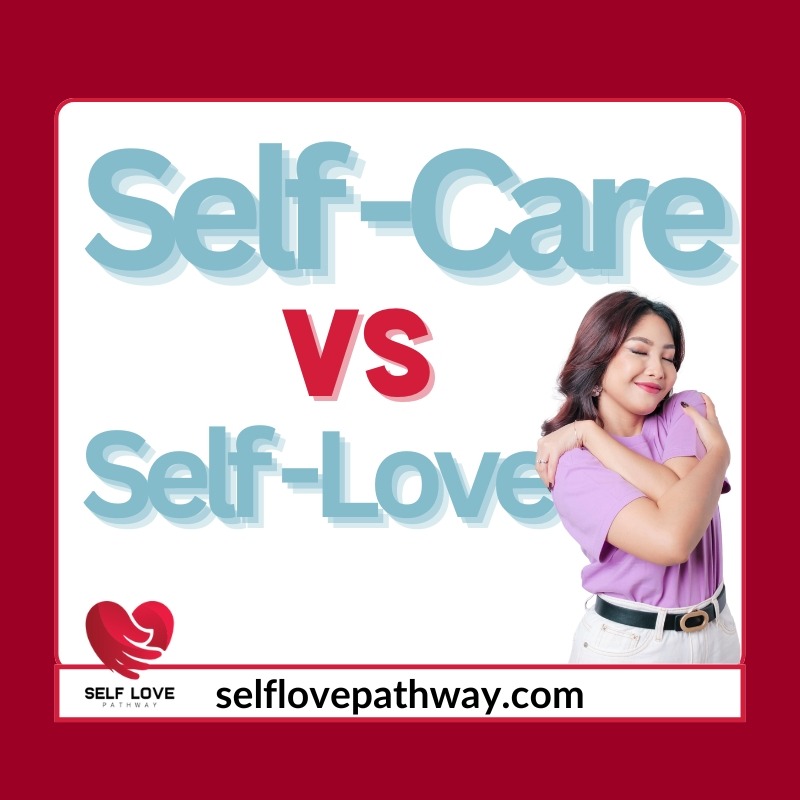A Guide to Using the Emotion Sensation Wheel
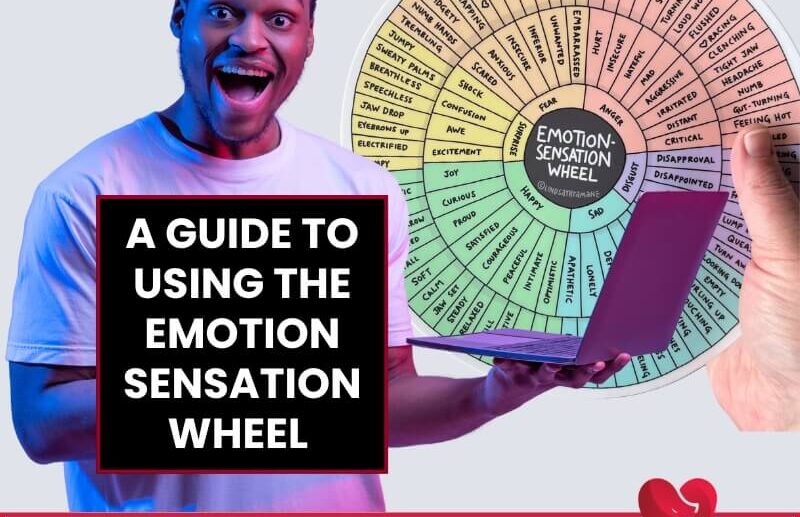
The Emotion Sensation Wheel is a useful instrument that people can use to understand and communicate their range of emotions. Developed by psychologist Robert the author, it shows the range of human emotions in a visual manner with eight basic emotions—excitement, fear, surprise, anger, trust, sadness, contempt, and anticipation at its core. These central feelings have more delicate, less strong changes that radiate outward. By using the wheel, people are able to recognize their own emotions, develop a greater awareness of self, and improve their emotional ability to read all of which contribute to better emotional control and interaction with others.
How do you use an emotion wheel?

Emotions have many sides and can be difficult. The animated film Inside Out provides an example of how it’s possible to feel many emotions all at once and how difficult it can be to understand or react to our feelings. It is natural that emotions can be stressful, given that people are suited to feeling up to 34,000 different emotions. According to even low calculations, there are 27 distinct states of emotion. Even the most persistent diary readers will find that to be an overwhelming amount of work.
The emotion sensation wheel helps clarify our emotions by simplifying the range of human emotions into eight basic feelings. This wheel is a useful tool for understanding why we feel the way we do, what our emotions have to say to us, and how we can deal with it.
Image credit goes to Lindsay Braman
How do you control an emotion sensation wheel?
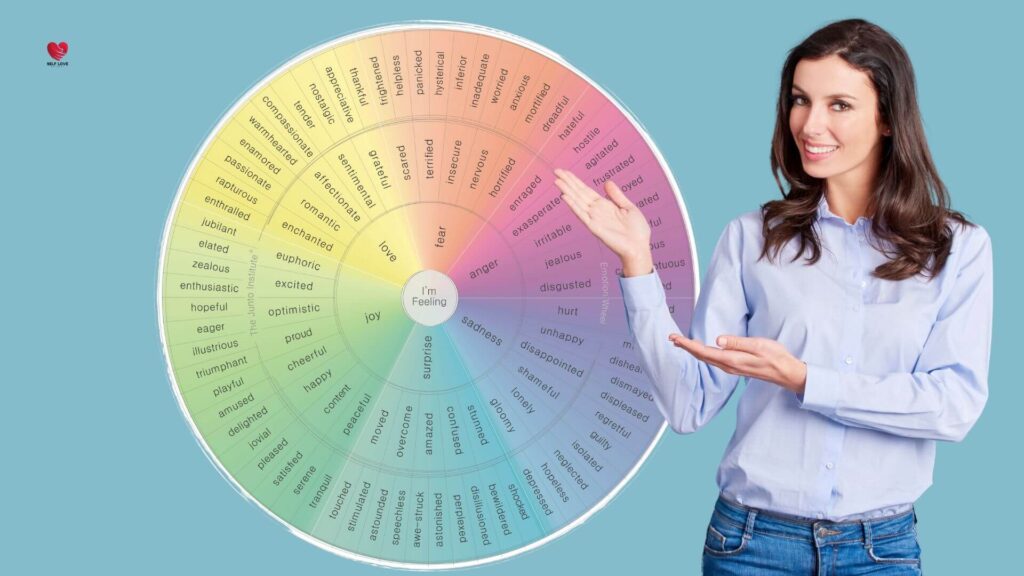
Emotion wheels often feature colorful floral designs. The main feelings of sadness, dissatisfaction, anger, excitement, joy, fear, surprise, and trust—are at the heart of things. These central emotions appear in various ways as you move outward. Itchiness, for example, is a gentler version of rage.
This is an in-depth investigation of primary and secondary emotions:
- Sadness can be identified as feelings of sadness, regret, sorrow, despair, hurt, being rejected, and depression.
- Disapproval is defined as hate, apathy, disapproval, dislike, apathy, and criticalness.
- Anger can be defined as the ones that follow: anger, irritation, anger, dissatisfaction, insult, abuse, jealousy, insulted, and prompted.
- Happiness, glory, cocaine, elation, pleasure, happiness, pride, and tranquility
- Fear may appear as panic, reservations, nervousness, worry, anxiety, tension, or restlessness.
- Surprise distraction, surprise, awe, entertainment, shock, disbelief, and reservations
- Safety, honesty, optimism, hope, security, assistance, ease of mind, and relaxation
- We readily use such distinctions to identify our emotions in day-to-day interactions.
As an example:
People: “You must be really sad that it didn’t work out the way you planned.”
You’re saying: “No — I’m not actually sad, just dissatisfied.”
You convey the subtleties of the emotion wheel in this conversation. You’re saying that your feeling is more like dissatisfaction, a milder form of sadness, rather than sadness, which is a basic feeling.
Differentiating feelings
The following are some combinations of the primary emotions:
- Happiness and sorrow/ecstasy and sadness
- Belief and revulsion/disgust as well as wrath
- Anger, dread, despair, and fright
- Surprise, anticipation, consciousness, and speculate
Understanding these opposites can improve our understanding of our own feelings and reactions to other people. Instead of wiping each other out, opposing emotions make the interaction deeper. For example, crying while another person is happy can make you feel even more saddened. When someone you strongly dislike does not share your respect for them, you may respond aggressively. When it comes to emotions, opposites usually pull us apart.
Comparing the emotion sensation wheel and feeling wheels
Six basic feelings are represented on Dr. Edith Willcox’s 1983 feeling wheel. He (1980) presented an emotion wheel with 8 main emotions. The main difference is how many fundamental emotions are represented.
Emotion wheel’s benefit
The feeling wheel is a helpful awareness of oneself tool that helps comprehend and communicate feelings. He points out that understanding emotions as a reaction to circumstances assists in our comprehension of them as survival strategies. For instance, the response to flee or fight is caused by anxiety.
Methods for Applying the Emotion Wheel
Dr. Lisa Bergman Barrett’s theory of built emotion, which explains emotions, allows us to view feelings as representations of information gathered from the environment and physical experiences. The emotion wheel enables us to act as opposed to simply reacting.
Self-relationship
1. As an identification tool:
As a label instrument because Naming feelings activates the prefrontal cortex, a brain region that facilitates problem-solving and interrupts emotional spirals.
2. As a self-awareness assist:
Using the wheel as a self-awareness tool improves emotional understanding and self-awareness while helping in the identification of stressors.
3. As a way of controlling emotions:
Resilience, performance, and stress management are all improved through improved emotional regulation skills.
Relationships with other people
4. As a tool for understanding:
The emotion wheel facilitates improved communication by helping people communicate how they feel.
5. As a method for understanding others:
Being mindful that main emotions can sometimes hide secondary emotions facilitates empathy.
6. As a means of instruction for kids:
The range of feelings on the wheel can help kids better express their emotions.
Conclusion
To sum up, trying to delve into our emotions contributes to a better awareness of ourselves, which greatly helps communication, self-love, and stress management. The emotion sensation wheel provides an organized method for examining and communicating complex emotions, making it an invaluable instrument for mental agility and personal growth. We can strengthen our ability to control our emotions and act carefully rather than quickly by regularly using the wheel. The benefits of the emotion wheel can be enhanced by talking about it with a mental health professional or counselor. They can offer qualified guidance and a deeper understanding of our emotional surroundings, which may result in more balanced and pleasant emotional well-being.
